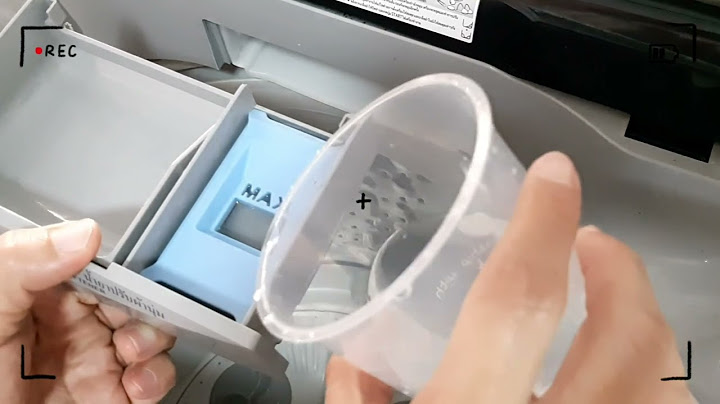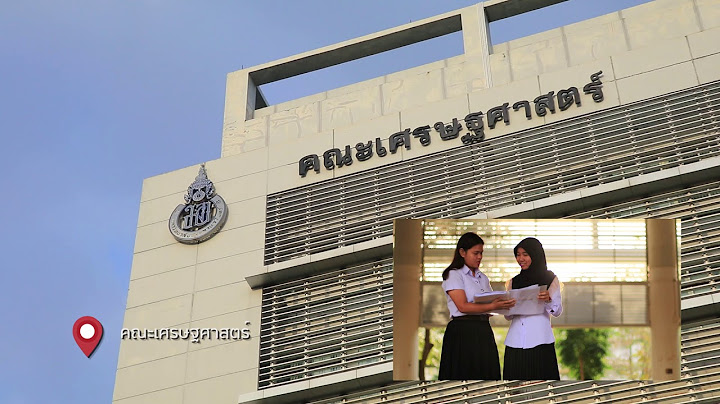1. โครงสร้างประโยคบอกเล่า ประธาน + กริยาช่องที่ 1 (ประธานเอกพจน์กริยาเติม s, es)
ประธาน +กริยาช่วย+กริยาช่องที่ 1 (กริยาไม่เติม s ทุกกรณี)
ตัวอย่าง I eat a banana. 2.โครงสร้างประโยคปฏิเสธ ประธาน + do/ does + not + กริยาช่องที่ 1 (กริยาไม่เติม s ทุกกรณี)
ตัวย่อ do not = don’t (โด้นท) / does not = doesn’t (ดัสเซินท) ตัวอย่าง I don’t eat a banana. She doesn’t eat a banana. ประธาน + กริยาช่วย + not + กริยาช่องที่ 1 (กริยาไม่เติม s ทุกกรณี)
ตัวย่อ cannot = can’t แค้นท /should not = shouldn’t ชุ๊ดดึนท / must not = mustn’t มัสซึนท ตัวอย่าง I can’t eat a banana. She shouldn’t eat a banana. You must not eat bananas. 3.โครงสร้างประโยคคำถาม การทำประโยคคำถามจากประโยคบอกเล่า ให้ดูว่ามี กริยาช่วย อยู่ด้วยหรือเปล่า ถ้ามีให้เอากริยาช่วยนำหน้าได้เลย ถ้าไม่มีกริยาช่วยให้เอา Verb to do (Do, Does) มาใช้แทน Do/Does + ประธาน + กริยาช่องที่ 1 (กริยาไม่เติม s ทุกกรณี)
ตัวอย่าง Do you eat a banana? Yes, I do. /No, I don’t. Does she eat a banana? Yes, she does. /No, she doesn’t. หลักของการแปลคำตอบ จริงๆแล้ว ต้องตอบว่า Yes, I do eat a banana. แต่เนื่องจากว่าถ้าตอบอย่างนี้มันก็จะซ้ำกับคำถาม เลยถูกตัดทอนอยู่ที่กริยาช่วยแค่นั้นพอ และเวลาแปลจะแปลว่า “ใช่” หรือ “ใช่ ผมกินกล้วย” ขึ้นอยู่กับผู้เรียนเอง แต่ขอให้เข้าใจว่า มันมีที่มาที่ไปอย่างไร กริยาช่วย + ประธาน + กริยาช่องที่ 1 (กริยาไม่เติม s ทุกกรณี)
ตัวอย่าง Can you swim? Yes, I can. หรือ No, I can’t. Can’t you swim? Yes, I can. หรือ No, I can’t. Should I go now? Yes, you should. หรือ No, you shouldn’t. Must she go now? Yes, she must. หรือ No, she mustn’t. ประเด็นที่ต้องจดจำ 1. ประโยคบอกเล่า ถ้าประธานเป็นเอกพจน์ กริยาให้เติม s แต่ถ้าประโยคนั้นมีกริยาช่วยแทรกอยู่ ก็ไม่ต้องเติม s เช่น She swims everyday. She can swim. She must swim. She should swim. 2. ประโยคปฏิเสธ และคำถาม แม้จะเป็นประธานเอกพจน์ กริยาแท้ไม่เติม s ทุกกรณี เช่น Does she swim everyday? She does not swim. Can she swim? She can’t swim. สรุปรวมประโยค Present Simple Tense กริยาแท้ Verb to be ( is, am, are) is am are ที่ยกตัวอย่างนี้ เป็นกริยาแท้ (เพราะมีตัวเดียวในประโยค ไม่ได้ไปเสริมกับกริยาตัวอื่น) เช่น บอกเล่า She is a doctor. บอกเล่า I am a student. บอกเล่า You are a tiger. กริยาแท้ Verb to have (Have, Has) กริยาตัวนี้ ถ้าเป็นกริยาแท้ในประโยค ไม่ควรเอานำหน้าเพื่อทำเป็นประโยคคำถาม ถึงแม้จะถูกต้องตามไวยากรณ์ แต่ก็ไม่นิยมใช้กันแล้วการสร้างประโยคคำถามและปฏิเสธให้เอา Do กับ Does มาใช้ (เดี๋ยวค่อยเรียนรู้ให้ละเอียดในหัวข้อ การใช้ have has) บอกเล่า He has a car. คำถาม Does he have a car? บอกเล่า They have a cat. คำถาม Do they have a car? คำตอบ Yes, they do. / No, they do not. หรือ No, they don’t. กริยาช่วย can, should, must บอกเล่า A dog can swim. บอกเล่า She must go. คำถาม Must she go? บอกเล่า Somchai should go to school now. คำตอบ Yes, Somchai should. / No, Somchai should not. หรือ No, Somchai shouldn’t. ถ้าไม่มีกริยาช่วยในประโยคให้เอา Do กับ Does มาใช้ในประโยคคำถาม Do + ประธานพหูพจน์ Does + ประธานเอกพจน์ บอกเล่า They go to school by bus. ปฏิเสธ They do not go to school by bus. หรือ They don’t go to school by bus. บอกเล่า He goes to school. คำถาม Does he go to school? ประโยคคำถามด้านบนเรียกว่า yes – no question เพราะคำตอบจะเป็น yes กับ no การสร้างคำถามโดยใช้ Wh-Question (Who, What, Where, When, Why, How) ทำได้โดยเอาคำเหล่านี้นำหน้าประโยค คำถาม Is she a doctor? หล่อนเป็นหมอใช่ไหม Who is she? หล่อนเป็นใคร (ตัดหมอออก เพราะต้องการคำตอบเป็นบุคคล) She is a doctor. หล่อนเป็นหมอ Do they have a car? พวกเขามีรถใช่ไหม What do they have? พวกเขามีอะไร (ตัดรถออกเพราะต้องการคำตอบสิ่งของ) They have a car. พวกเขามีรถ Does he go to school? เขาไปโรงเรียนใช่ไหม Where does he go? พวกเขาไปที่ไหน (ตัดโรงเรียนออก เพราะต้องการคำตอสถานที่) He goes to school. เขาไปโรงเรียน Should Somchai go to school now? สมชายควรจะไปโรงเรียนเดี๋ยวนี้ใช่ไหม Why should Somchai go to school now? ทำไม สมชายควรจะไปโรงเรียนเดี๋ยวนี้ (ไม่ตัดอะไรเลย เพราะคำตอบไม่ได้อยู่ในประโยค) Because he will be late. เพราะว่า เขาจะไปสาย Do they go to school by bus? พวกเขาไปโรงเรียนโดยรถบัสใช่ไหม How do they go to school? พวกเขาไปโรงเรียนอย่างไร (ตัดโดยรถบัสออก เพราะคำตอบต้องการวิธีการ) หลักการใช้ Present Simple Tense สรุปได้ดังนี้ 1. ใช้บอกกล่าว เล่าข้อเท็จจริงทั่วไปของ คน สัตว์ สิ่งของ สถานที่ 2. โครงสร้าง คือ ประธาน + กริยาช่องที่ 1 หรือ ประธาน + กริยาช่วย + กริยาช่องที่ 1 3. ถ้าประธานเป็นเอกพจน์ กริยาต้องเติม s หรือ es 4. ประโยคคำถามนั้น ถ้ามีกริยาพิเศษบางตัว ให้เอากริยานั้นนำหน้าประโยคได้เลย ถ้าไม่มีให้เอา Verb to do มาใช้ 5. มีคำกริยา 3 ตัวที่ควรเรียนรู้และจำให้แม่น ใน Present Simple Tense ที่ต้องจดจำให้แม่น เพราะจะใช้กับ Tense อื่นๆด้วย ได้แก่ Verb to be (is am are) Verb to have (have has) Verb to do (do does) |

การโฆษณา
ข่าวล่าสุด
การโฆษณา
ผู้มีอำนาจ
การโฆษณา
ถูกกฎหมาย
ช่วย

ลิขสิทธิ์ © 2024 th.frojeostern Inc.






















